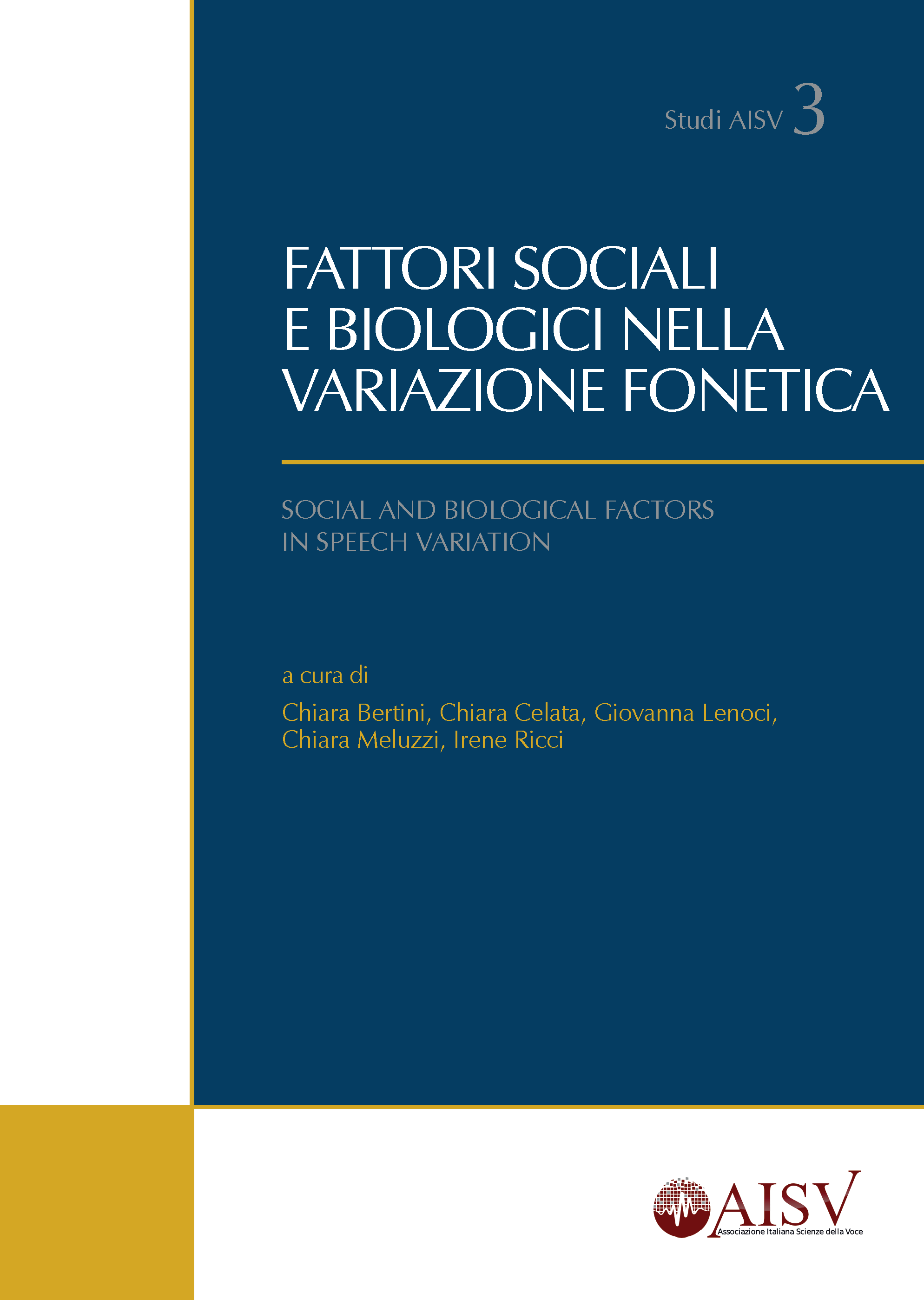Stuttering and phonetic theory
An introduction
DOI:
https://doi.org/10.17469/O2103AISV000018Keywords:
disfluencies, stuttering, phonetics, psycholinguisticsAbstract
Stuttering has been traditionally defined by making reference to the auditory detection and qualitative assessment of the dysfluencies (some of them being abnormal for number, type, duration and position) and their distributional patterns have been explained by invoking the same dysfunctions of the linguistic representations and processes which generate lapsus and disfluencies in non-stuttering speakers. However, fluency is multidimensional: not only the fluent speech is (relatively) devoid of discontinuities, but it is also produced with a regular rhythmic beat, at fast rate and without an excessive physical and mental effort. As a phonetician, two main questions about stuttering are worthwhile. The first is: “Why would Phonetics be so important in the study of stuttering?” A possible answer could be that Phonetics is at the convergence of different scientific realms, and for such a role it holds a privileged key for unifying and simplifying the understanding of the multidimensional aspects of stuttering (made of sociocultural, psychological, physiological and genetic factors). In order to accomplish a causal function in stuttering, each of these variables must at the end interact with the motor control processes of the speech apparatus, traditionally studied by Phonetics. As to the second question “Why should a phonetician be interested in stuttering?” we could answer that phoneticians could feel a potential attraction towards a speech disorder that selectively affects fluency, in individuals that are judged to be healthy and normally endowed with reference to cognitive and emotional aspects. At the same time, the speech aspects under investigation in stuttering are at the heart of a number of theories of speech production, for what it is about the conceptualization of the time dimension and of the speech variability.
Downloads
Published
Issue
Section
License
Copyright (c) 2023 AISV - Associazione Italiana di Scienze della Voce [Italian Association for Speech Sciences]

This work is licensed under a Creative Commons Attribution-NonCommercial 4.0 International License.





